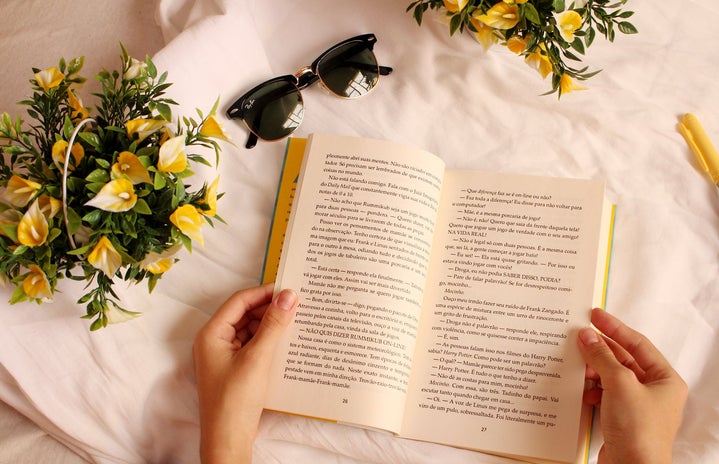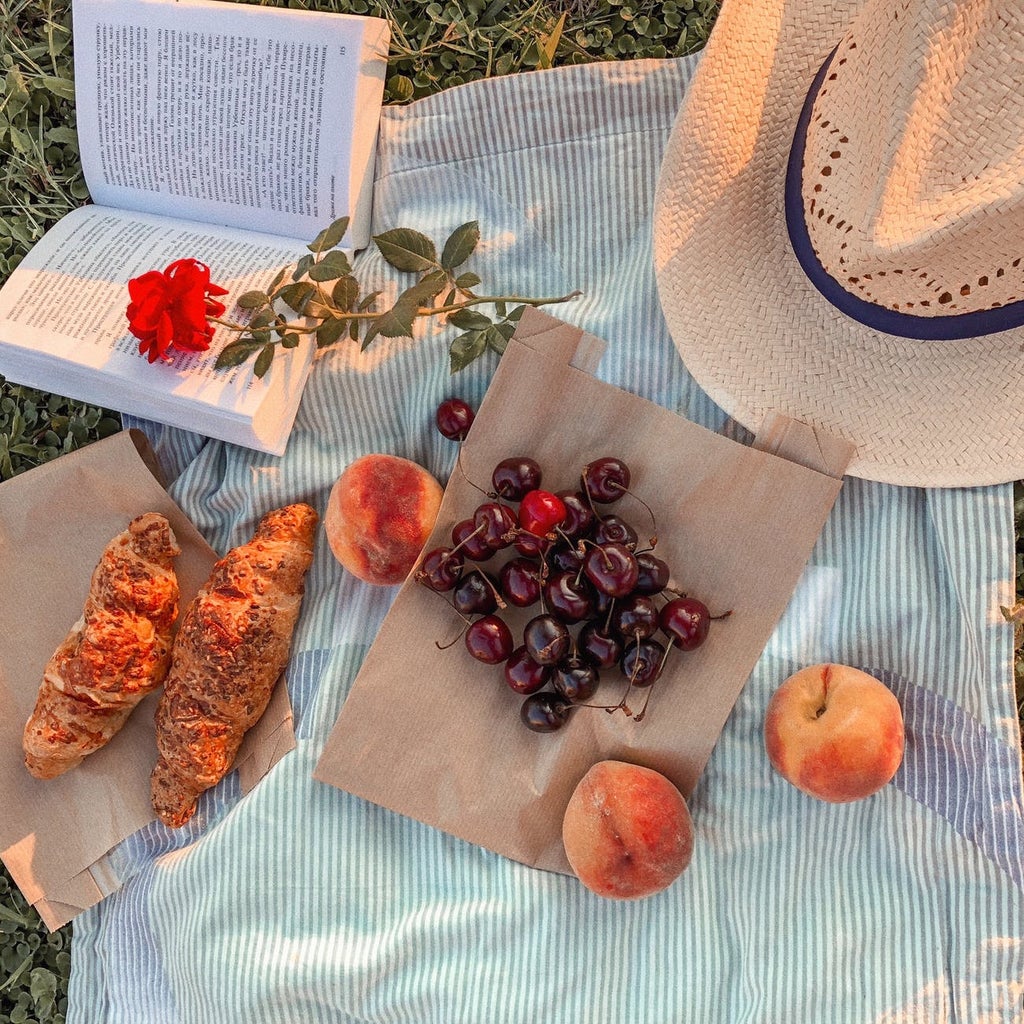In keeping with my tradition of curating a seasonal TBR (to-be-read) list to help chip away at my mountainous stack of books that I have yet to crack open, I thought it would be appropriate to create a new list of books I plan to read for spring! When I think of spring I think of rebirth, things in bloom, the cyclical nature of seasonal change, and, weirdly enough, classic books. My spring reading list consists of four books that I thought best reflected the feelings of spring, varying from poetry to retellings of Greek mythology. I hope these picks inspire you to create your own list of books to read this spring!
Emma, by: Jane Austen
Weirdly enough, I have read nearly all of Austen’s works except for Emma and Pride and Prejudice (I know, very shocking for an English major). Not unlike many of Austen’s previous works, Emma explores and examines the relationships between various characters during the Regency era. The titular protagonist, Emma, plays matchmaker in several of these relationships, often with disastrous consequences due to her meddling and overstepping.
Though I haven’t read Emma, I did see the 2020 film adaptation of the novel when it was released. The dreamy sights of vibrant blooming gardens and lush greenery throughout the film reminded me so much of spring and the renewal of nature. Perhaps it’s a bit backward and superficial of me to choose a book based on its film adaptation; but, I’m curious as to how nature is depicted in the novel especially since it was published during the peak of the Romantic movement.
Ariel (the 2004 restored version), by: Sylvia Plath
Originally published in 1965, two years after Plath’s suicide, Ariel is a stunning and moving collection of poetry written in the last months of her life. Admittedly, I’m not as well-versed with Plath’s work as I’d like; though, I am a huge fan of her poem “Daddy” (housed in Ariel) which details her complicated relationship and feelings towards her deceased father, whom she addresses with murderous rage and bittersweet grief.
Now you may be wondering: “What’s the difference between the original and restored version of Plath’s poetry collection?” After Plath’s death her husband, poet Ted Hughes, with whom she had a tumultuous marriage, inherited her estate, including all her written works. As the editor of the posthumously published Ariel, he made several significant changes to Plath’s original plans, altering the order of the collection and removing and adding poems. Following Hughes’ rearranging of Plath’s collection, the original publication of Ariel takes on a tortured and dark undertone, her poems hurtling down a path of self-annihilation.
Eventually, a restored version of Ariel with Plath’s intended arrangement and selection of poems was published in 2004. When reading this edition, Ariel takes on a more hopeful tone as the version of this collection begins with the word “love” and ends with “Spring”—an optimistic ending tinged with potential for renewal and rebirth. With this in mind, Plath’s restored Ariel is an apt book to add to my spring TBR list.
East of Eden, by: John Steinbeck
This novel is admittedly an ambitious choice for me (it’s also why my TBR list is shorter than usual). Considered by Steinbeck to be his magnum opus, this novel is not only intimidatingly long (my edition is 640 pages) but has also often been described as a book that requires intense patience and focus when reading. East of Eden follows two families and their intertwined destinies that parallel the Biblical story of Cain and Abel set against the backdrop of Salinas Valley.
If you’ve read any of Steinbeck’s works, you’re probably familiar with his grand and rich descriptions of nature and landscapes, particularly within California’s Central Valley. People I know who have finished the novel, claim that it contains some of Steinbeck’s best prose, especially in his depictions of Salinas Valley. In the spirit of spring’s theme of new beginnings, I’m willing to challenge myself (and my limited patience) to dive into this behemoth of a book in exchange for Steinbeck’s breathtaking and detailed descriptions of nature.
The Silence of the Girls, by: Pat Baker
During the fall quarter, I took a class about Homer and other ancient epics (CLA140 for any interested UCD students), where we would read and discuss The Odyssey and The Iliad, among other epics. Throughout the quarter I found myself intensely drawn to the women in these epics (Helen, Briseis, Chryseis, etc.) not so much despite their limited roles, but because of them (what role do they play in the spaces granted to them?). It was my “Roman Empire” that lingered in my mind far beyond my completion of the class.
Baker’s novel retells The Iliad from the perspective of Briseis, Achilles’ war prize and concubine, whose voice is rarely heard in the original epic (she speaks only once and it’s to mourn the loss of one of her captors). This retelling fulfills my niche interest in the women in ancient epics and their often unexplored perspectives—I can’t wait to begin reading it!
One of my favorite things to do on a sunny spring day is to go outside, preferably in a nice grassy area in the Arboretum, and lay out a picnic blanket to sit on and read. I can’t wait to do exactly that with these books! I hope this curated list inspires you to return to a classic or possibly pick up a new book to read this spring!





